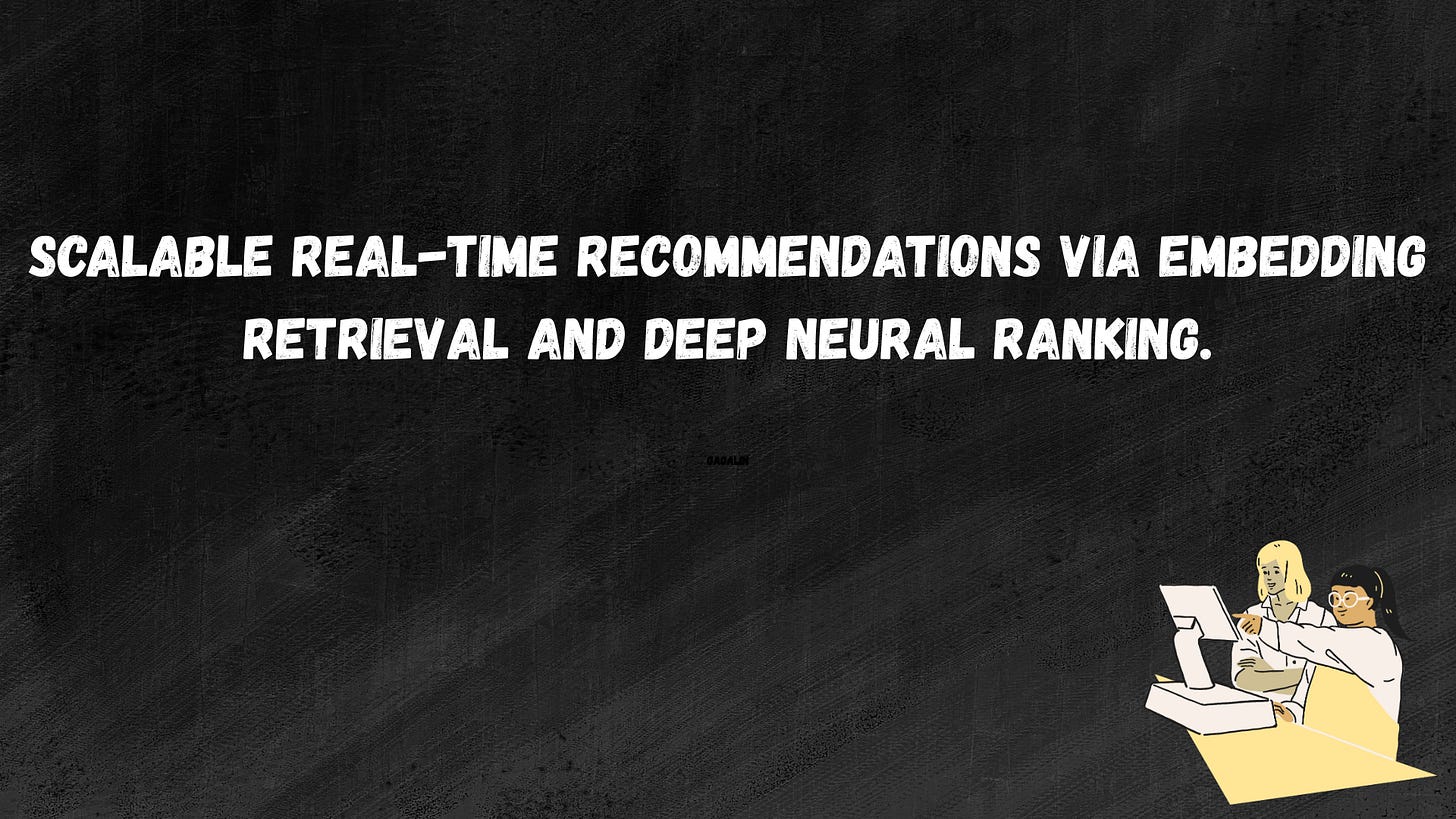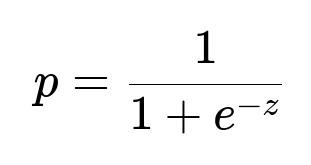ML Case-study Interview Question: Scalable Real-Time Recommendations via Embedding Retrieval and Deep Neural Ranking.
Browse all the ML Case-Studies here.
Case-Study question
A global streaming platform needs a large-scale recommendation pipeline for delivering personalized item suggestions in real time to hundreds of millions of users worldwide. The platform’s inventory comprises billions of items, and users create dynamic interaction patterns. Design a multi-stage recommendation solution that includes candidate retrieval, ranking, and user re-ranking under strict latency requirements. The platform wants to handle cold starts for new items, ensure high coverage for diverse content, and adapt to users’ rapidly changing interests. How would you build this system, which models and architectures would you use, and how would you address data sparsity and novelty requirements?
Detailed Solution
System Overview
Start by proposing a multi-tier architecture. The first tier focuses on retrieving a shortlist of candidates from a massive item pool. The next tier refines them through a more computationally intensive model that predicts relevance scores. The final stage re-ranks to incorporate contextual constraints, such as diversity or short-term user behavior signals. Use an embedding-based retrieval approach for the initial stage and a deep neural ranking approach for the next stage.
Candidate Retrieval
Implement an embedding-based system to efficiently handle billions of items. Train embeddings for items and users using large logs of interaction data. Represent each user’s interaction history as a compact embedding (via sequence models like Transformers or simpler average embeddings), then retrieve the top items via nearest-neighbor search in embedding space.
To handle cold starts, incorporate content-based features or apply quantized semantic representations. If items have minimal historical data, cluster them with semantically related neighbors and approximate them by the cluster representation.
Ranking Network
Score each retrieved item with a more powerful model that uses user signals, item features, and user-item interaction features. A classic choice is a deep neural network that combines embeddings, sequential signals, and static user/item profiles. Model the probability of user interaction, such as p(click) or p(play), by applying a final logistic layer.
Where z = linear combination of the model’s last hidden layer outputs. The model can be a multi-layer perceptron or a Transformer-based architecture capturing user-item relationships. Optimize it with a loss based on negative log-likelihood or cross-entropy, ensuring the model’s output is the probability of a positive event.
Re-ranking
Use a lightweight model or a rules-based system to promote diversity. Compare each candidate item’s embedding or metadata with those already placed high on the list. Penalize excessive redundancy. The re-ranking layer can incorporate short-term context, such as time-sensitive popularity or personal interests that the user recently expressed.
Dealing With Non-Stationary Interests
Use an online learning or bandit-based approach that adapts quickly. Track the discrepancy between predicted and actual user actions and update part of the model, or shift to a more suitable bandit expert if a major preference drift is detected. This preserves personalization under changing contexts.
Implementation Details
Store user embeddings and item embeddings in a parameter server or a distributed key-value system. Update them periodically or in near-real-time. For the retrieval step, rely on an approximate nearest-neighbor index. Make sure it partitions data by geography or usage patterns for efficiency. For the ranking model, train daily with asynchronous updates. For re-ranking, run a stateless function that processes the final results.
Code Snippet Example
# Pseudocode for a two-stage Python pipeline:
# Stage 1: Embedding-based retrieval
user_vector = get_user_embedding(user_id)
candidate_item_ids = ann_index.search(user_vector, top_k=10000)
# Stage 2: Ranking
ranked_candidates = []
for item_id in candidate_item_ids:
item_features = get_item_features(item_id)
x = combine_features(user_vector, item_features)
score = ranking_model.predict(x)
ranked_candidates.append((item_id, score))
ranked_candidates.sort(key=lambda x: x[1], reverse=True)
final_list = re_rank(ranked_candidates)
return final_list[:N]
Possible Follow-up Question 1
How would you handle extreme data sparsity, such as new users with zero historical information?
Answer
Train a content-based embedding for items, so that if a user arrives with minimal history, rely on contextual data. Extract location, device type, or short-lived session signals. If the user has not interacted yet, compare them to a segment with similar context. If user profile attributes exist, incorporate them into a user embedding. When no data is available, default to popular or trending items. Once the user makes initial actions, refresh their embedding in real time.
Possible Follow-up Question 2
Why not only use a single end-to-end model instead of a multi-stage pipeline?
Answer
A single end-to-end model can be expensive at massive scale. Retrieving billions of items directly via a one-pass deep model would exceed time limits. A multi-stage pipeline provides a balance: a fast retrieval step narrows the candidate list from billions to thousands. Then a more expensive model handles fewer items. This pipeline structure is standard practice for large-scale recommendation.
Possible Follow-up Question 3
How do you manage popularity bias and ensure novelty?
Answer
Embed items and identify popularity bias by analyzing how often an item surfaces in top results. Penalize items that appear too frequently or overshadow niche items. Use re-ranking constraints to artificially boost items outside the top popularity percentile. Another approach is to inject random exploration for bandit-based adaptivity, giving novel items a chance to gather feedback.
Possible Follow-up Question 4
Why do generative retrieval approaches differ from approximate nearest-neighbor search?
Answer
Approximate nearest-neighbor search represents user embeddings and item embeddings in a vector space, then looks for items closest to each user vector. Generative retrieval predicts item identifiers directly through a model (often a Transformer) that outputs discrete codes or tokens for the items. While approximate nearest-neighbor search is fast and well-supported by specialized indexes, generative retrieval can handle cold starts or re-ranking signals more flexibly by generating item codes on the fly. The tradeoff is greater computational cost at inference.
Possible Follow-up Question 5
How would you incorporate real-time model updates?
Answer
Use a streaming pipeline. Log every user action. Stream these logs to a feature store that triggers micro-batch or incremental training. Update the retrieval embeddings frequently if new items appear or user interests shift. Maintain a second pipeline for the ranking network to refresh partial weights or fine-tune embeddings with the most recent data. As soon as the updated parameters are stable, push them to production. This ensures the system reflects current user behaviors.



